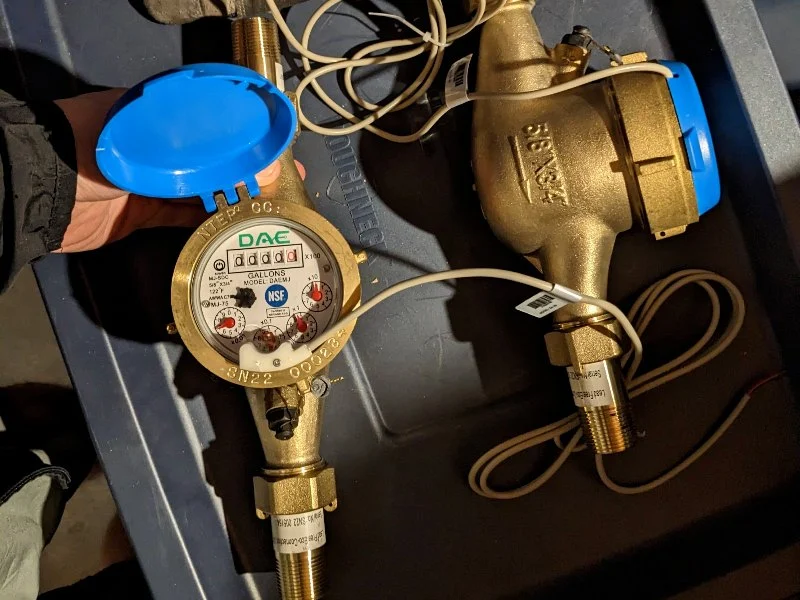
- 1. Why Install a Water Meter for Irrigation?
- 2. Understanding Different Types of Water Meters
- 3. Tools and Materials Needed for Installation
- 4. Step-by-Step Guide to Installing an Irrigation Water Meter
- 5. Common Mistakes to Avoid During Installation
- 6. Real-Life Examples of Water Meter Installation for Irrigation
1. Why Install a Water Meter for Irrigation?
Installing a water meter for irrigation purposes offers several advantages for homeowners and businesses alike. A water meter allows you to monitor the exact amount of water being used for your irrigation system, helping to avoid over-watering, reduce water waste, and ultimately lower water bills. Additionally, for agricultural operations, precise water usage tracking can improve water management and increase crop yields by ensuring that plants receive the right amount of water.
Beyond conservation and cost savings, installing a water meter can help you identify leaks or inefficiencies within your irrigation system, ensuring that your system is functioning optimally. Accurate tracking also supports environmentally friendly practices by promoting more sustainable water usage, which is especially important in regions prone to droughts or water shortages.
2. Understanding Different Types of Water Meters
When installing a water meter for irrigation, it's essential to choose the right type of meter. The two most common types of water meters used for irrigation systems are:
- Positive Displacement Meters: These meters are best for low to moderate water flow rates. They measure the amount of water that passes through the meter by capturing water in small chambers and counting the number of revolutions, making them highly accurate for irrigation use.
- Electromagnetic Meters: Ideal for higher flow rates, these meters use electromagnetic fields to measure the flow of water. They offer more advanced features and are generally more durable and precise for larger irrigation systems.
Choosing the right meter depends on the size of your irrigation system and the type of plants you're watering. Smaller residential systems typically do well with positive displacement meters, while larger commercial or agricultural systems may benefit from the precision and scalability of electromagnetic meters.
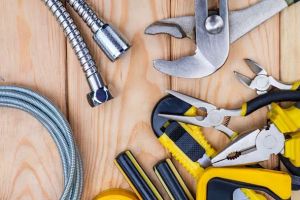
C&C WIRTH CONTRACTORS
ParkersburgWood CountyWest Virginia
1521 Dupont Rd SUITE 103, Parkersburg, WV 26101, USA
3. Tools and Materials Needed for Installation
Before beginning the installation of your water meter, ensure you have the necessary tools and materials to complete the job efficiently. Here’s what you’ll need:
- Water Meter: Select a water meter that fits your irrigation system's needs (positive displacement or electromagnetic).
- Pipe Wrench: A pipe wrench is necessary for loosening and tightening pipes, especially when working with metal fittings.
- Pipe Cutter: A pipe cutter is used to cleanly cut through the pipe to fit the water meter.
- Thread Sealant: A thread sealant or Teflon tape is essential for ensuring a leak-proof connection between the water meter and the pipes.
- Pipe Fittings: You may need additional pipe fittings (elbows, connectors, reducers) to fit the water meter properly into the irrigation system.
- Shovel: If you're installing the meter underground, a shovel will be needed to dig a trench for the pipes and meter.
Having these tools ready will help streamline the installation process and ensure a successful setup.
4. Step-by-Step Guide to Installing an Irrigation Water Meter
Now that you have the right materials and tools, here’s a step-by-step guide to installing your irrigation water meter:
- Step 1: Turn Off the Water Supply: Before starting the installation, shut off the water supply to the irrigation system. This ensures that you can work safely without any water flow during the installation process.
- Step 2: Locate the Installation Spot: Choose a location where the water meter can easily be accessed for future readings and maintenance. Typically, this will be near your irrigation mainline, before the water flows into the distribution system.
- Step 3: Cut the Pipe: Use a pipe cutter to carefully cut the irrigation pipe where the meter will be installed. Make sure to cut the pipe cleanly to ensure a secure connection.
- Step 4: Attach the Meter: Install the water meter by attaching it to the pipes using the appropriate fittings. Use thread sealant or Teflon tape to prevent leaks at the joints. Tighten all connections with a pipe wrench to ensure the meter is secure.
- Step 5: Check for Leaks: Once the meter is installed, slowly turn on the water supply and check all connections for leaks. If you notice any leaks, tighten the fittings or add additional sealant as needed.
- Step 6: Test the Meter: Test the meter by turning on the irrigation system. Verify that the meter is recording the correct water usage and that there are no issues with the flow or pressure.
After these steps, your irrigation water meter should be installed and ready to use. Make sure to regularly monitor the meter to track your water usage and identify any potential problems in the system.
5. Common Mistakes to Avoid During Installation
While installing a water meter for irrigation is a straightforward task, there are a few common mistakes to watch out for:
- Incorrect Pipe Sizing: Make sure that the water meter is sized correctly for your irrigation system’s pipes. If the meter is too small or too large for the pipes, it may not function properly.
- Ignoring Leaks: Even small leaks can cause big problems down the line. Always check for leaks and make sure all connections are tightly sealed.
- Improper Meter Placement: Ensure the water meter is installed in a location where it can easily be accessed for future readings and maintenance. Installing the meter too far underground or in an awkward spot can make it difficult to monitor and maintain.
By avoiding these common mistakes, you can ensure that your water meter installation goes smoothly and that your system remains efficient and leak-free.
6. Real-Life Examples of Water Meter Installation for Irrigation
Real-life examples can help illustrate how installing a water meter can make a significant impact. One example comes from a homeowner in Texas who decided to install a water meter for their backyard irrigation system. By tracking water usage over a few months, they discovered that they were over-watering certain areas of the garden. With the data from the meter, they adjusted their watering schedule, saving both water and money on their utility bills.
Another example is from a farm in California, where the installation of a water meter helped the farmers track water usage across multiple irrigation lines. This allowed them to fine-tune their irrigation schedule, improving crop yield while reducing water waste. The meter provided valuable insights into how much water was being used for different crops, helping them make data-driven decisions.
At Plumbers Supply Hub, we offer a variety of water meters and accessories to help you install and maintain your irrigation system. Visit us today for the best products and expert advice on water meter installation.

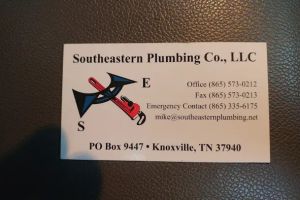




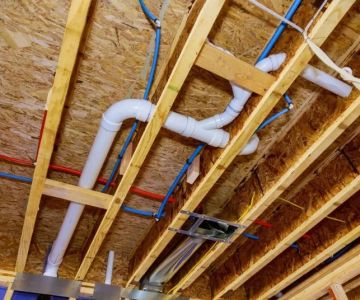
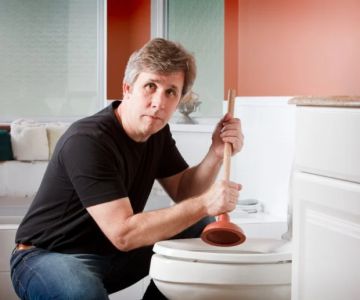
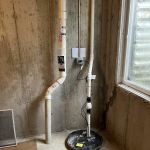 Turner Plumbing5.0 (103 reviews)
Turner Plumbing5.0 (103 reviews)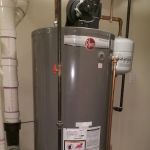 North Star Plumbing Services, Inc.4.0 (5 reviews)
North Star Plumbing Services, Inc.4.0 (5 reviews) R Difoggio & Sam Plumbing And Sewer Company, Inc.4.0 (157 reviews)
R Difoggio & Sam Plumbing And Sewer Company, Inc.4.0 (157 reviews) Moody Plumbing, Inc.4.0 (372 reviews)
Moody Plumbing, Inc.4.0 (372 reviews)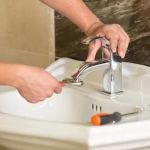 Slone's Plumbing4.0 (105 reviews)
Slone's Plumbing4.0 (105 reviews)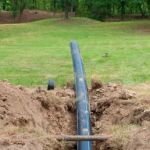 Remi's Plumbing and Heating4.0 (29 reviews)
Remi's Plumbing and Heating4.0 (29 reviews)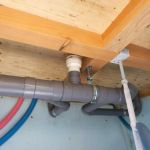 How to Repair a Leaking Air Admittance Valve
How to Repair a Leaking Air Admittance Valve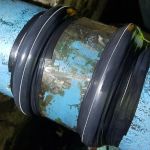 How to Repair a Pipe Saddle That Leaks
How to Repair a Pipe Saddle That Leaks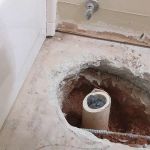 How to Replace a Broken Pipe in a Slab Foundation: Step-by-Step Guide
How to Replace a Broken Pipe in a Slab Foundation: Step-by-Step Guide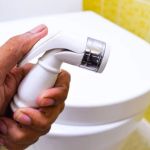 How to Install a Bidet Attachment Safely | Expert Plumbing Tips
How to Install a Bidet Attachment Safely | Expert Plumbing Tips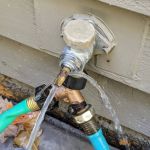 How to Replace a Spigot That Leaks Only When Turned On – A Step-by-Step Guide
How to Replace a Spigot That Leaks Only When Turned On – A Step-by-Step Guide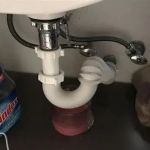 How to Fix a Sink That Drains Slowly Over Time: Expert Tips for a Faster Drain
How to Fix a Sink That Drains Slowly Over Time: Expert Tips for a Faster Drain